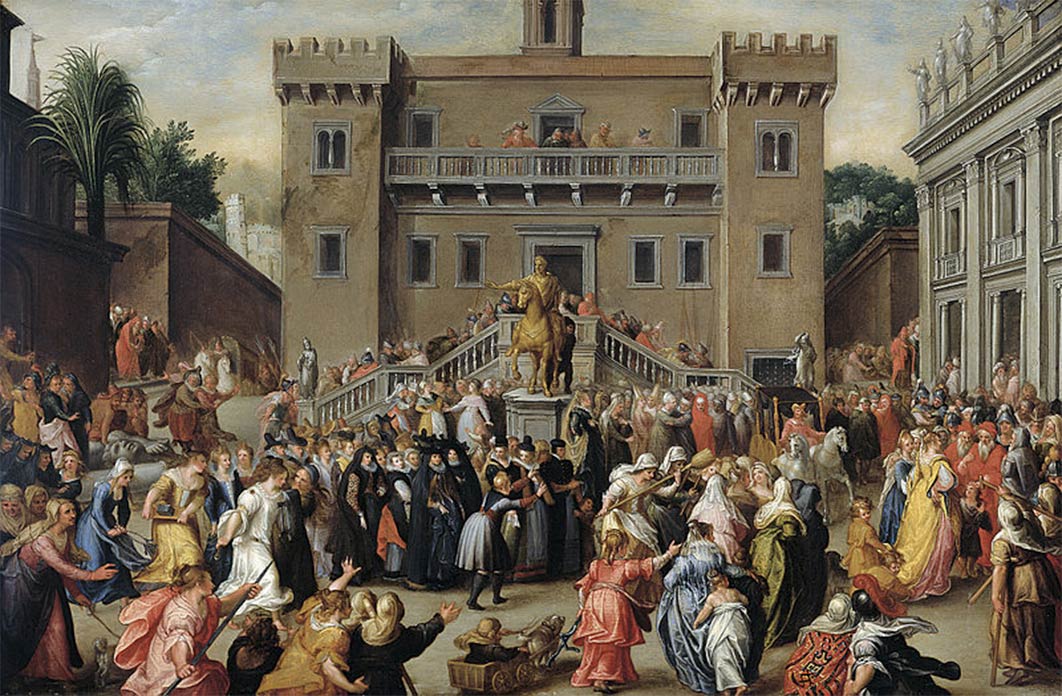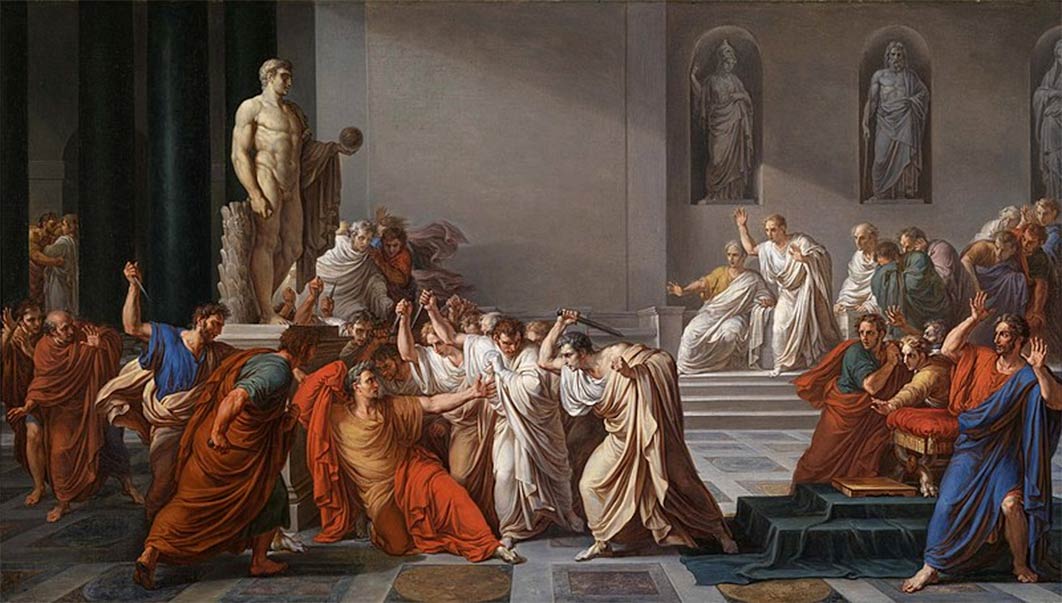
History Was A Riot: Fist-Raising, Fire-Setting Revolts
From dinosaurs to entire continents to civilizations affecting millions of people, the mechanics of evolution is to construct and then to destruct. One of the key precursors in the collapse of ancient cultures is uncontrolled crowd behavior and collective violence, when evolution turns into revolution. Today, the definition of the term ‘riot’ is a subject of intense debate and argument and the traditional views of rioting, and unruly crowd behavior in general, suggest they are pockets of irrational destruction carried out by a few individuals supported by a mass of less aggressive followers, caught up in collective momentary madness.
The term ‘riot’, has been used historically by the frontends of various groups of activists and their followers often supplant the word with synonyms like ‘rebellion,’ ‘revolt’ and ‘uprising’, which highlight the protest nature of these events. While the world is watching scenes of violence on television screens and mobile phones, it is essential to recall the causes and outcomes of similar historical events when the streets reverberated with the ruckus of fist-raising, fire-setting enraged crowds.

The Death of Caesar by Vincenzo Camuccini (1804) Galleria Nazionale d'Arte Moderna e Contemporanea. (Public Domain)
Rome 44 BC: The Assassination of Julius Caesar
The crisis of the Roman Republic refers to a period of political instability and social violence during the period from 134 BC to 44 BC, which culminated in the fall of the Roman Republic and the advent of the Roman Empire. On the Ides of March (March 15) of 44 BC, Julius Caesar, the famous Roman dictator, was stabbed 23 times by a bloodthirsty gang of senators during a meeting of the Senate at the Theatre of Pompey in Rome. Fearing that Caesar's unprecedented enhancement of power during his dictatorship was undermining the Roman Republic, the senators presented the deed as an act of tyrannicide and at least 60 senators were party to the conspiracy, led by Marcus Brutus, Gaius Cassius and Decimus Brutus.
According to Michael Crawford's 1974 book Roman Republican Coinage, despite the death of Caesar, the conspirators were unable to restore the institutions of the Republic and the assassination led to the Liberators' civil war and ultimately to the Principate period of the Roman Empire.
During Caesar's cremation in the Forum an incensed mob took firebrands from the burning funerary pyre and attacked the houses of Brutus and Cassius, the instigators of the conspiracy, as well as killing Helvius Cinna.

Deification of Julius Caesar, a 16th-century engraving by Virgil Solis in Metamorphoses (Public Domain)
Brutus and Cassius had expected all Romans to celebrate them in their rebirthing of freedom, but the Roman citizens never trusted the promised freedoms of the governing classes and the commanders of the Roman armies were loyal to Caesar. Mark Antony, the surviving consul, gradually regained control of the city.




